

The monastery of St. Francis of the Franciscans
was founded in the area today covered by the building that hosts the
Archaeological Museum of the city, i.e. by the eastern curtain wall of the old
enceinte. The exact date of its foundation is not clear but it already existed
by 1242. Of the huge church, with the voluminous polygonal apse, which
projected proudly over the eastern city walls, a small section has been
recently revealed. The building, which was turned into a mosque, dedicated to
the Sultan Mehmet IV (Hünkar Çamii, i.e. imperial mosque), was ruined by the
earthquake of 1856, except for a chapel which continued to be used as a mosque
and was later turned into a warehouse for antiquities. Debris from the
demolishment of the church was used for the construction of the Yeni Vizier
Çamii (St. Titus) and other public buildings. The elaborate door-frame of the
northern entrance of the large building that hosted the Ottoman Military
Quarters was therefore identified as the door-frame that was donated to the
monastery of St. Francis by the Pope Alexander V (1409-141), who lived as a
monk in the Franciscan monastery of St. Antony in Kares, near Neapolis, in the
county of Mirabello, under the name Petros Philarges. Nevertheless, only the
pair of rounded column pedestals, made of marble in the color of porphyry and
decorated with elaborated acanthus-leaves, perhaps even the pair of
pilaster-capitals made of greyish marble, could originate from the Venetian
church, probably from different door-frames. The rest of the door-frame of the
Ottoman building, including the door-lintel with the oriental relief with the
acanthus leave, is in its first use.
Ruins of the Venetian church were still visible
until the beginning of the 20th c. Between 1904 and 1907 the first
small-scale building of the Archaeological Museum was constructed on the site.
In 1937 the still standing chapel was also demolished for the construction of
the modern building of the Museum. Recently, excavations that were conducted
during the construction of an additional compartment of the Museum brought to
light the underground floor of the polygonal apse and the southern wing of the
transept, which was functioning as a burial crypt, It was also documented that
the rest of the building’s remains extend further to the West, underneath the
foundation of the modern construction.
 | 1. Heraklion, Rabdh el Khandaq, Chandax, Candia, Megalo Kastro The adventure of a city | |
|---|---|---|
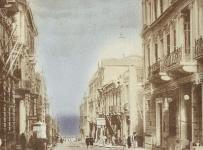 | 1.1 Candia under the Venetian occupation | |
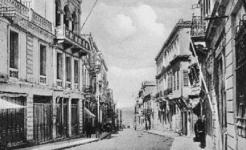 | 1.2 The public buildings | |
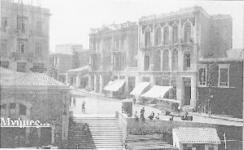 | 1.2.1 Ruga Magistra (Maistra) | |
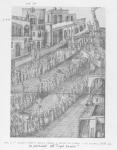 | 1.2.2 The Ducal Palace | |
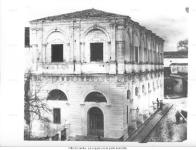 | 1.2.3 The Venetian Loggia | |
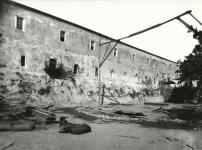 | 1.2.4 The Warehouse for the Cereals (Fondaco) | |
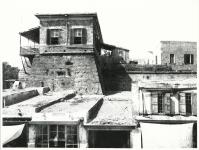 | 1.2.5 The Gate “Voltone” | |
 | 1.3 The orthodox churches | |
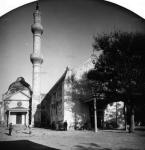 | 1.3.1 St. Catherine of Sinai | |
 | 1.3.2 Saint Anastasia | |
 | 1.3.3 The Church of St. Mathew, dependency of Sinai | |
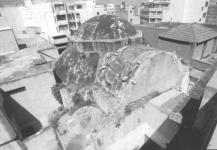 | 1.3.4 St. Onouphrios | |
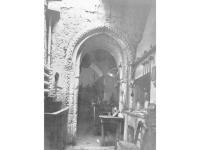 | 1.3.5 Virgin of the Angels (Santa Maria degli Angelis in Beccharia) | |
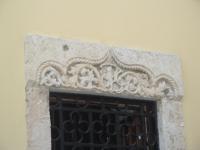 | 1.3.6 Church of the Virgin Pantanassa (southern aisle of the old Metropolis / old church of St. Menas) | |
 | 1.4 The Latin Churches | |
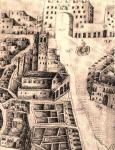 | 1.4.1 The basilica of St. Marc (ducal church) | |
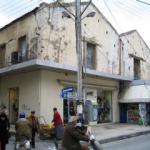 | 1.4.2 The church of Saint John the Baptist | |
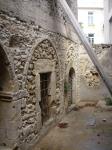 | 1.4.3 Saint Paul of the Servites (Servants of Mary) | |
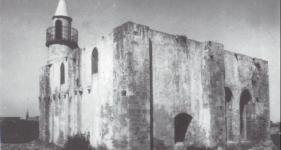 | 1.4.4 The monastery of St. Francis of the Franciscans | |
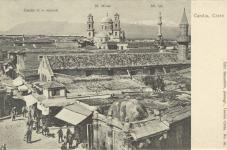 | 1.4.5 Santa Maria di Piazza (Madonina) | |
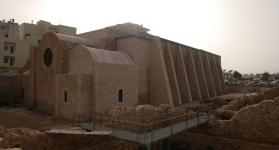 | 1.4.6 The Monastery of St. Peter of the Dominicans | |
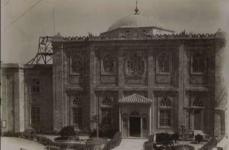 | 1.4.7 The Church of St. Titus (Latin Archdiocese) | |
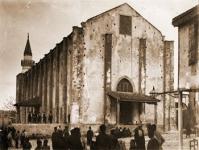 | 1.4.8 The church of San Salvatore | |
 | 1.5 The fountains and hydraulic works | |
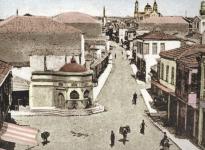 | 1.5.1 The Fountain of the Ruga Panigra (Strata Larga) | |
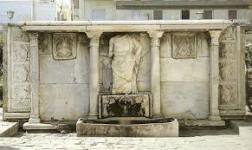 | 1.5.2 The Bembo fountain | |
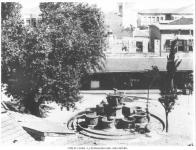 | 1.5.3 The Morozini Fountain | |
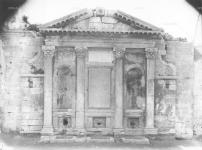 | 1.5.4 The Priuli fountain | |
 | 1.5.5 The Sagredo fountain |